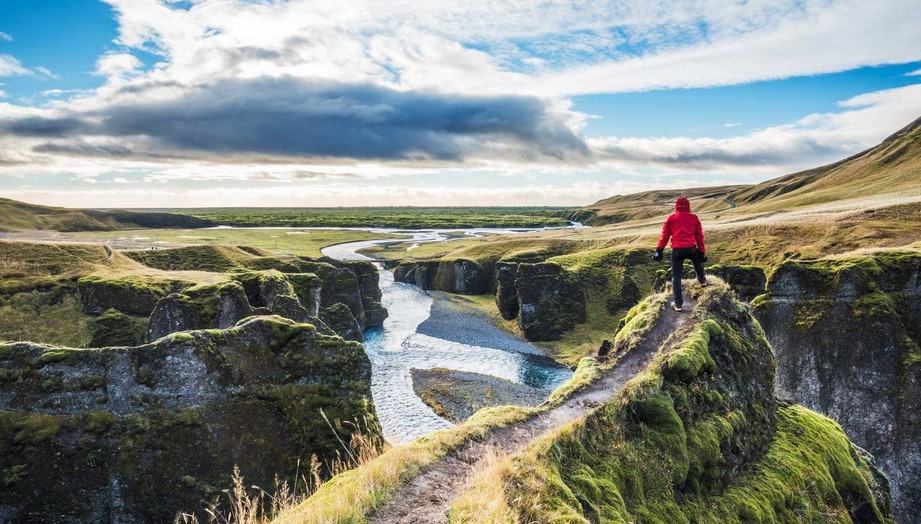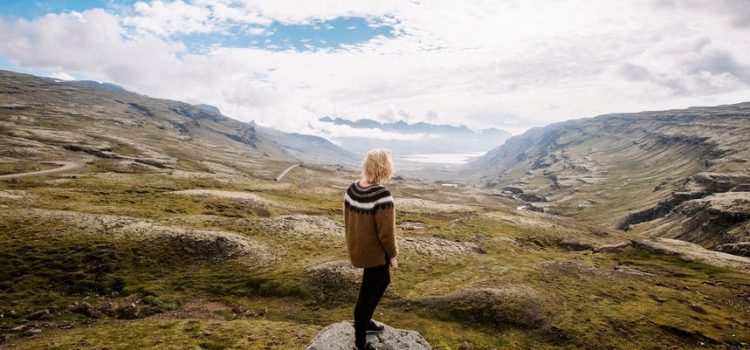Stepping out of the airport in Iceland is usually followed by a deep breath of amazingly fresh air. There have been some questions regarding air quality in Iceland following the recent eruption.
But the fact is that for the most part, the country remains mostly unaffected by the eruption. Obviously the area surrounding the volcano has been badly hit by ash fall – but this is a small area of around 300 km2 in a large island of 103.000 km2. See map
Although not many people live in Iceland, the island itself is not so small, or roughly the size of Ireland. The Environment Agency of Iceland closely monitors air quality, both in the capital area and surrounding the eruption. Air quality is measured in µg/m3. The recommended safety levels are 50 µg/m3. In general, the air in Iceland is well below these limits, and it is only in the small area closest to the eruption where one might need to wear a mask: Rule of thumb is “if you see ash – wear a mask!”
If air quality exceeds safety levels the health authorities will issue warnings and the population is alerted by the media. These warnings concern in particular anyone with existing conditions. People with respiratory problems or heart problems should carefully monitor air pollution, whether in Iceland or overseas.








